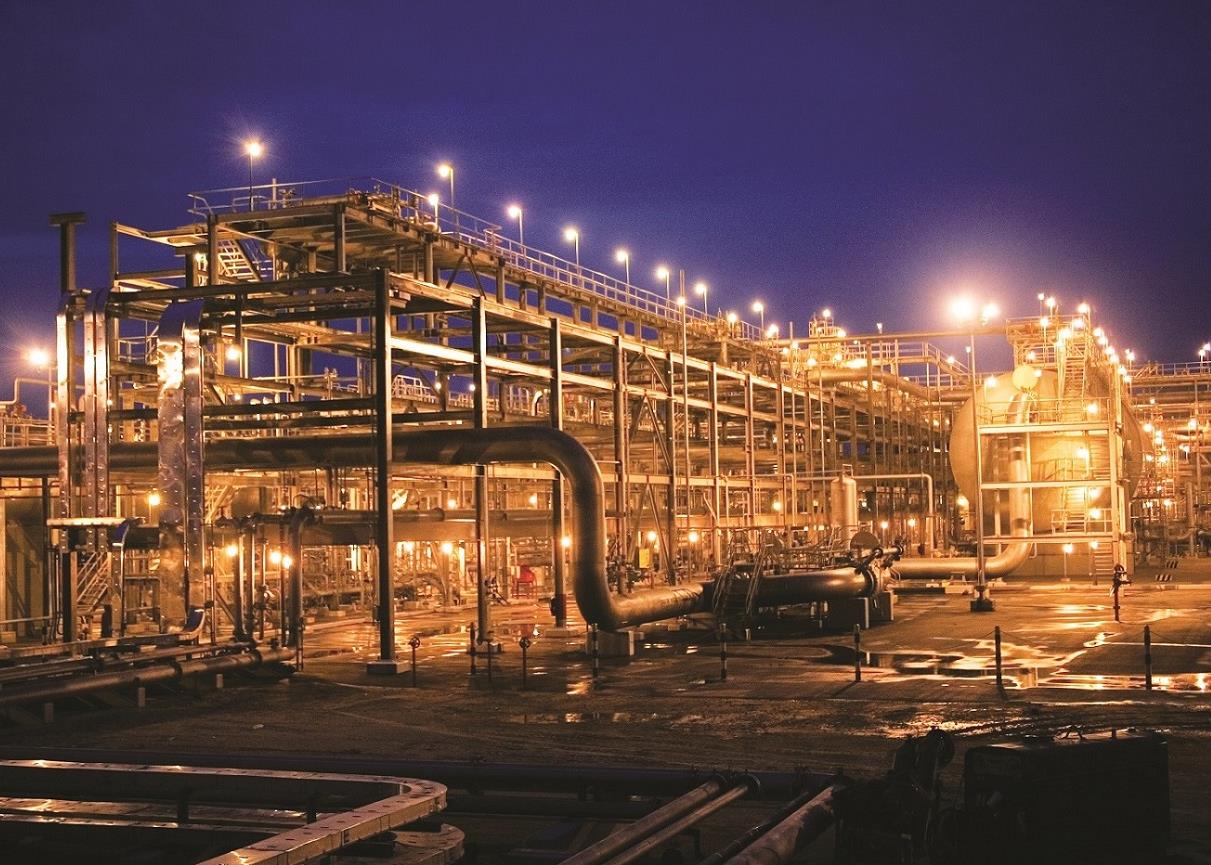


While most people are keen to return to pre-Covid normality as quickly as possible, there is little doubt that many aspects of life have been permanently altered by the pandemic, and perhaps nowhere more than the workplace.
“The ramifications will extend over the coming years and beyond,” says Tarek Lotfy, CEO of business consultant Mercer in the UAE. “The pandemic has changed a lot about how we work, where we work, how value is created, how we treat people and what workplaces look like. And it has all happened incredibly quickly.”
The challenge now for leadership teams is to amalgamate everything that they have learned in 2020 to redefine their strategic allocation of resources and future organisational arrangements.
“We have broken this approach down into three ‘Rs’,” says Lotfy. “Respond. Return. Reinvent.”
‘Respond’ refers to the initial reaction to the Covid-19 disruption, particularly from the point of view of human resources. The challenge has been to balance economic interests, which are important from a business perspective, with empathy for people, which is critical from an employee, customer and supplier perspective.
Lotfy says the companies that responded most effectively to the crisis were the ones that quickly recognised the enormity of the challenge they were facing. But he says there was no link between the size or shape of an organisation and how well it responded.
“We have seen smaller organisations that have been very nimble and reacted well. And we have seen large organisations and governments do the same.”

A sense of normality
After 10 months, we are now well into the return phase, says Lotfy. “How we are going back to work is happening at different speeds in different countries and across different industries. There is the practical angle around how do we bring people back to the office safely?”
And then, after a year of massive disruption, there is the question of how do we return to stability?
“This is a bigger challenge than people realise,” says Lotfy. “We have been out of the office for months on end, and people have adapted to a different way of working. How do we return to a stable workforce and a steady environment?”
Lotfy says the key thing is not about a return to the way things were, but “about a return to a status quo and some new version of normal”.
While there is no doubt that many people and companies would have preferredto skip the challenges of 2020, it has provided a unique opportunity to rethink things, and for organisations to reinvent themselves – the third ‘R’.
“It is a chance for teams to reinvent how they do things,” says Lotfy. “To double down on what was working well. And to remove what wasn’t efficient.”
Lessons learnt
For many organisations, the pandemic has been an experiment that has provided some valuable new insights on the future of work. And many companies are using the opportunity to ask, what does our future look like?
 Important evidence comes from a recent survey by Mercer, which revealed that about 90 per cent of the companies interviewed said they had been just as or more productive when working from home as they were in the office.
Important evidence comes from a recent survey by Mercer, which revealed that about 90 per cent of the companies interviewed said they had been just as or more productive when working from home as they were in the office.
“That is an eye-opening statistic,” says Lotfy. “To maintain these levels of productivity, or to exceed them – it tells you a lot about what work could look like in the future.”
According to Lotfy, many aspects of our everyday lives are set to change.
“The office is going to be a different place,” he says. “It will increasingly be seen as a place for collaboration and innovation, as opposed to the place where people show up day in, day out irrespective of what they have got going on.”
This will require a fundamental change of mindset for many people, for whom an office full of workers represents things getting done.
“This has been one of the largest experiments ever done and it has forced people to rethink how they view productivity,” says Lotfy. “The focus now will be more on what is getting done, as opposed to how it is getting done.”
While encouraging an openness to change, Lotfy warns that companies must also be aware of potential negative consequences of flexible working.
“When we look at some of the risks associated with working from home, two areas that come to mind are culture and innovation,” he says. “In terms of culture, it’s about how an employee experiences an organisation. A big part of a company’s culture was always what the office felt like. That now changes. How do you build and maintain that same culture?”
The other issue is innovation. How do you collaborate and innovate virtually? “That is another area that needs some thinking,” says Lotfy.
As companies plan for life after Covid, they have the opportunity to find a hybrid solution that draws off the lessons from 2020, as well as the best aspects of the pre-Covid workplace.
“The companies that are flexible, and who exhibit flexibility, are the ones that are going to thrive the most going forward,” says Lotfy.
You might also like...

Red Sea Global awards Marina hotel infrastructure
18 April 2024

Aramco allows more time for MGS package revised prices
18 April 2024

Morocco tenders high-speed rail project
18 April 2024
A MEED Subscription...
Subscribe or upgrade your current MEED.com package to support your strategic planning with the MENA region’s best source of business information. Proceed to our online shop below to find out more about the features in each package.







